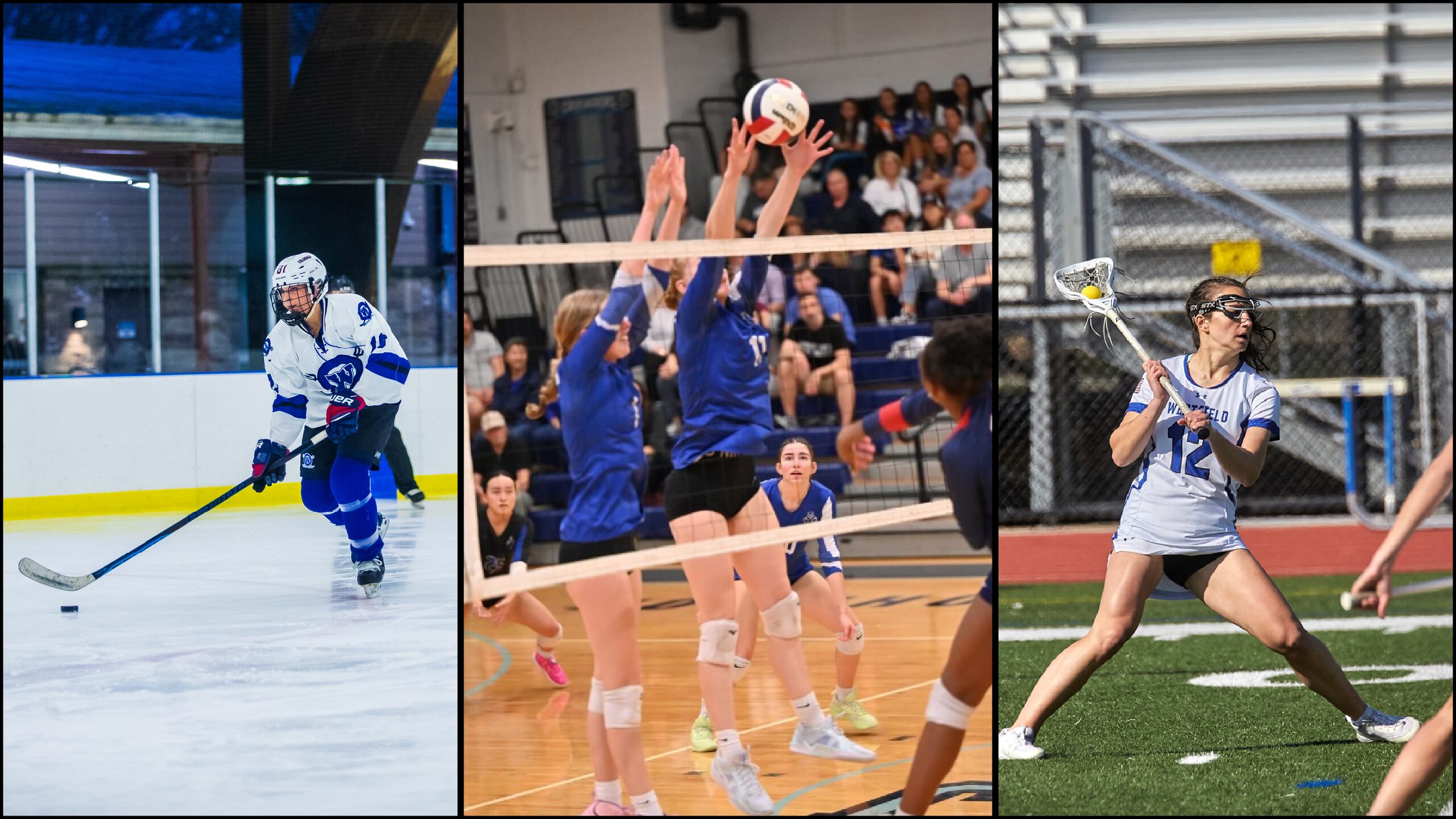The fight for women’s representation in sports has never been easy. For decades, these athletes have faced ridicule, flippant dismissal and denial of their lifelong passions. When feminism took to sports in the 70s, 80s and 90s, many women found their place in professional soccer, tennis and basketball. But for women playing male-dominated, “niche” sports, professional opportunities have been scarce. This year, three new leagues are seeking to change that.
January marks the one-year anniversary of the Professional Womens Hockey League’s first season. Similar leagues have existed on-and-off since the 90s, but the PWHL has a different vision: a stable, unified league providing women with their well-earned ice time for decades to come. According to the PWHL, the league hosted 104 competitive games in its inaugural year with an impressive overall attendance of 607,753 fans – nearly 6,000 per event.
Hockey was long considered too violent for women, a belief that drove many off the ice. “Society still stigmatizes women as fragile. When I was one of the few girls on a boys team as a kid, it was definitely seen as weird,” explained girls hockey player Ella Sumas.
But the PWHL is challenging this notion, empowering women as it blazes the trail. Even in its first season, the impact is already clear. Solveig Ledwick, a high school hockey player from Brunswick, ME, said, “When I was on the rink earlier, I saw a twelve-year-old girl wearing a PWHL [Boston] Fleet jersey as she practiced. I never had that representation, so it’s great to see these kids having such incredible role models.”
Lacrosse is another sport that has been stigmatized as “unfeminine,” where women athletes have struggled to establish themselves. After years of instability in womens lacrosse, the Premier Lacrosse League announced the launch of its Womens Lacrosse League, set to debut in 2025. Girls lacrosse head coach Kathryn Dasilva was thrilled. “It makes me proud to see lacrosse grow to a level that was unimaginable back when I played. As a coach, it’s amazing to see the motivation and inspiration it instills in me and my players,” she said.
Unlike hockey and lacrosse, womens volleyball has been relatively free from the stigma surrounding contact sports. Yet, until recently, professional avenues for American women in volleyball have remained incredibly limited. “Back when I played, my teammates and I viewed college sports as the endgame. Honestly, going pro wasn’t even seen as a possibility,” said Westfield journalism teacher and former Division I volleyball player Shawn McDonald.
This is changing. The Professional Volleyball Federation debuted in 2024 with 24 highly competitive games broadcasted across the United States. According to Blue Devil junior Grace Moore, a member of the girls volleyball team, these games marked the beginning of a new era, as “the PVF is opening so many doors for female athletes. It gives women an opportunity to continue the sport they’ve dedicated their lives to as the United States finally catches up to the popularity of womens volleyball worldwide.”
Athletes in all three of these leagues recognize the profound impact they have on future players. Rob Carolla, PVF vice president, told Hi’s Eye Sports that he “constantly hears from our players about how excited they are to give young girls the chance to see athletes play the sport they love professionally in the United States. They take the responsibility and value of what they are showing them very seriously.”
But it’s not just future players who benefit. According to Ledwick, “Even for those who don’t go pro, these leagues are providing career opportunities for women who have dedicated their lives to the game — they can now be coaches, referees and every other non-player role that’s necessary to getting the game out on the ice, court or field.” These women are essential to their sport, and in these leagues, they finally have their time to shine.
A main motivator for these expanding opportunities is improved media coverage. According to the United Nations Entity for Gender Equality and the Empowerment of Women, coverage of women’s sports has tripled since 2019 after three decades of stagnancy, with viewership catching up to that of men’s leagues. Coverage enables new leagues to support women in their pursuit of athletic greatness and inspire the future generation of players. “The fact that we’re respecting women for having athletic ability is huge. It gives kids the opportunity to realize that athletics don’t just have to be a hobby — they can actually be your profession, and that idea was only open to men for a long time,” Mcdonald said.
Groundbreaking strides have been made in women’s sports this year, but the long road to equality remains before us. At a ski jumping world cup just last month, the women’s champion received towels and shampoo — while her male counterpart took home over $3,000 in prize money. Events like these are a reminder of the uphill battle that women continue to face in professional athletics.
Thankfully, as students, fans and athletes, the future of sports is up to us — and now it’s our chance to change the game. Hopefully we’ll be seeing some familiar Blue Devil faces in these new leagues soon.





